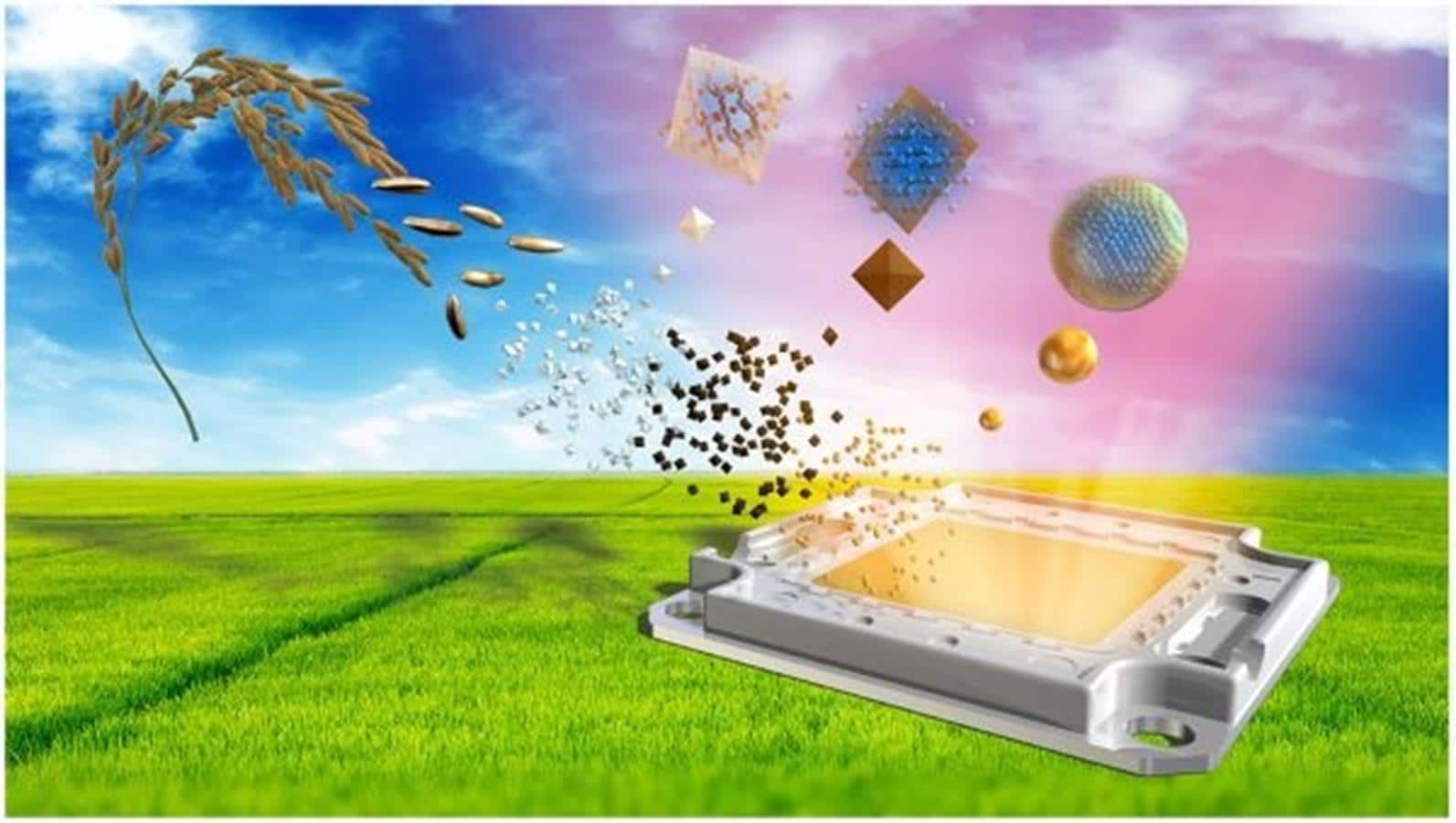We need a new method and materials for the production of quantum dots if we want to use them on a larger scale. That is why scientists from the Japanese Hiroshima University began to explore the subject and created the world’s first such unique LED, which contained silicon quantum dots from rice waste.
Scientists have developed special quantum dots from rice waste
Quantum dots are starting to reveal their unique potential in many areas and may revolutionize not only televisions, but also solar cells and even cancer treatments. The problem is that their mass production may cause some environmental problems, which is why these scientists demonstrated a greener path of development in this field.
As typical quantum dots often contain toxic materials such as cadmium, lead or other heavy metals, environmental concerns have often been considered when using nanomaterials. The proposed quantum dot production process and method minimizes these concerns
– said Ken-ichi Saitow, the lead author of the study.
The team focused on silicon quantum dots that do not contain heavy metals and offer higher stability and higher operating temperature, and their non-toxicity makes them suitable for medical use. The aim of the research was to develop a new type of silicon quantum dot that uses waste materials, such as the entire 100 million tons of rice husks that are thrown away each year, although they can be an excellent source of silicon.
In practice, the quantum dot production process consists of pre-grinding rice husks and burning organic compounds to obtain silica powders, which are then heated in an oven. The thus obtained purified silica powder particles are reduced in size and added to a solvent to “chemically functionalize” their surface. The end product is 3 nanometer silicon quantum dots that glow in the orange-red range.
Also read: The Red Magic 7 Pro gaming smartphone has a global premiere
They were used to produce an LED that remained fully functional, and so scientists now hope to improve the performance of the LEDs to shine more efficiently, as well as develop versions in colors other than orange-red.







![1458055104-bionic-heart-patch[1]](https://www.bitcoinminershashrate.com/wp-content/uploads/2021/07/1626757790_Israeli-scientists-created-the-heart-of-a-cyborg-218x163.jpg)







